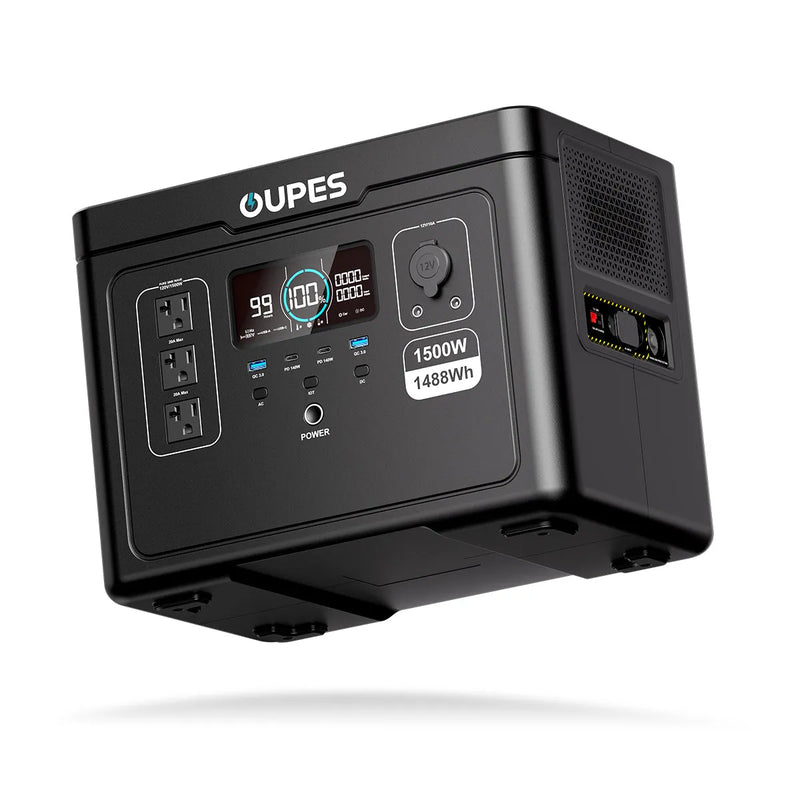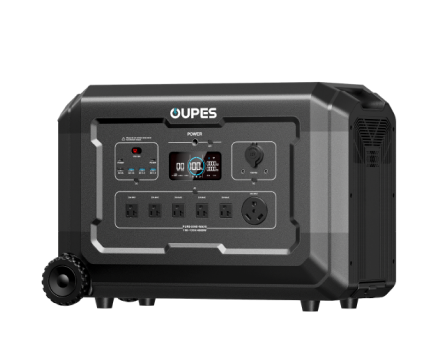
Renewable energy has become more than a buzzword??it??s a vital part of the global transition toward a sustainable future. As fossil fuels decline and climate change concerns grow, many individuals and businesses are turning to cleaner power sources. Two of the most popular and accessible options are wind power and solar energy. But when it comes to choosing one over the other, the decision isn??t as simple as it seems.
Both wind turbines and solar panels harness natural resources to produce electricity without direct greenhouse gas emissions, but they work in very different ways and come with distinct advantages and limitations. Understanding these differences is essential if you want to invest in the right renewable energy solution for your home, business, or off-grid lifestyle.
How Wind Power Works Compared to Solar Energy
Wind power converts the kinetic energy of moving air into electrical energy using turbines. When the wind blows, it turns the turbine blades, which spin a shaft connected to a generator. This generator produces electricity that can be used immediately or stored in batteries for later use. The amount of power generated depends heavily on wind speed, turbine size, and location.
Solar energy, on the other hand, uses photovoltaic (PV) cells to convert sunlight directly into electricity. These panels can be installed on rooftops, in open fields, or integrated into other structures. The output depends on the amount of sunlight hitting the panels, which can vary with the time of day, season, and weather conditions.
One major operational difference is consistency. Wind turbines can produce electricity day and night, provided wind speeds are within the optimal range, while solar panels only generate power during daylight hours. However, solar technology is often easier to install at small scales and can be deployed in urban environments where wind turbines may not be practical.
When choosing between the two, it??s important to consider your geographic location. Areas with high average wind speeds may benefit more from wind turbines, while sunny regions naturally favor solar panels. In many cases, hybrid systems that combine both technologies can provide the most consistent and reliable energy output.
Cost Considerations and Return on Investment
The cost of renewable energy systems varies significantly based on size, location, and installation requirements. Generally, small-scale solar installations tend to be more affordable upfront than wind turbines, especially for individual households. The modular nature of solar panels allows homeowners to start small and expand over time, spreading out costs.
Wind turbines typically have higher initial installation costs, partly due to the need for towers, foundations, and specialized equipment for safe construction. They also require more space, making them less suitable for densely populated areas. However, for locations with strong and consistent winds, turbines can generate more electricity for the same installed capacity, potentially leading to a faster return on investment.
Maintenance costs also differ. Solar panels require minimal upkeep, usually just periodic cleaning and inspection, and they can last 25?C30 years with little performance degradation. Wind turbines, with moving mechanical parts, need more frequent maintenance, including lubrication, inspections, and occasional part replacements.
Incentives, rebates, and tax credits can also affect the financial picture. In many regions, governments support both technologies, but the availability and scale of these incentives vary, so it??s important to research local programs. When factoring in all costs, solar often comes out ahead for smaller projects, while wind can be more economical for large-scale or community-based installations.
Environmental Impact and Sustainability
Both wind and solar power are considered clean energy sources because they produce electricity without emitting greenhouse gases during operation. However, their environmental footprints differ when you consider manufacturing, installation, and end-of-life disposal.
Wind turbines have a larger physical footprint because of the space needed between each unit to avoid interference. This land, however, can often still be used for agriculture or other purposes. Turbine blades are made of composite materials that can be challenging to recycle, though research is ongoing to improve blade disposal methods.
Solar panels require mining and processing of raw materials like silicon, silver, and rare metals. Manufacturing processes can produce waste and emissions, but technological improvements and recycling programs are reducing these impacts. Additionally, solar panels can be installed on existing structures, minimizing land use concerns.
From a wildlife perspective, wind turbines can pose risks to birds and bats, while large-scale solar farms may disrupt habitats. Mitigation strategies for both technologies are improving, such as careful site selection and incorporating wildlife-friendly designs.
Ultimately, both wind and solar energy offer far lower lifetime environmental impacts compared to fossil fuels. Their sustainable potential is highest when paired with recycling programs, responsible sourcing of materials, and complementary energy storage solutions like OUPES portable power stations.
Performance in Different Climates and Locations
Performance is one of the most critical factors in deciding between wind and solar. Solar panels work best in areas with high annual sunlight exposure, such as deserts or sunny coastal regions. They can still produce power on cloudy days, though at reduced output. Snow can temporarily reduce efficiency if panels become covered, but in some cases, snow can also reflect additional light and slightly boost performance.
Wind turbines perform best in regions with consistent and strong wind patterns, such as open plains, coastal areas, or hilltops. They can operate in a range of weather conditions, but extremely high or low wind speeds can reduce efficiency or even require shutdowns for safety.
Seasonal variation plays a role as well. In many areas, wind is stronger during the winter months when solar output is lower, making wind an excellent complement to solar systems. In contrast, summer months often bring high solar production but lower wind speeds in certain locations.
If your goal is reliable year-round power, considering the specific climate and geography of your location is crucial. Tools like wind maps and solar irradiance charts can help determine which option will deliver the most consistent results. In many cases, blending both technologies with battery storage ensures you have power regardless of seasonal fluctuations.
Which is Better for Your Needs?
The answer to whether wind power or solar energy is better depends entirely on your goals, location, and budget. If you live in a sunny region with limited open space, solar may be the clear winner for ease of installation and low maintenance. On the other hand, if you have access to strong, consistent winds and ample space for turbines, wind power could deliver greater energy returns.
For off-grid living or emergency preparedness, combining both wind and solar with a high-capacity battery system??such as those offered by OUPES??can provide the most dependable solution. This hybrid approach allows you to take advantage of both sunny and windy conditions, maximizing power availability and minimizing downtime.
Additionally, community-scale projects can benefit from the complementary nature of wind and solar. For example, a town could install both technologies and share resources, ensuring a stable energy supply while reducing reliance on fossil fuels.
Ultimately, there is no one-size-fits-all answer. The best choice comes from a careful evaluation of your energy needs, site conditions, and long-term sustainability goals.
In summary, wind power and solar energy each offer unique strengths and challenges. Solar is generally more accessible, easier to install in urban and suburban environments, and requires minimal maintenance. Wind power can provide greater output in the right conditions and operate around the clock, but demands more space and upkeep. By assessing your specific circumstances and possibly combining both technologies, you can harness renewable energy in the most effective way possible.
Whether you choose wind, solar, or a hybrid solution with storage from OUPES, the important thing is that both options bring us closer to a cleaner, more sustainable energy future??one powered by the forces of nature rather than finite fossil fuels.




























